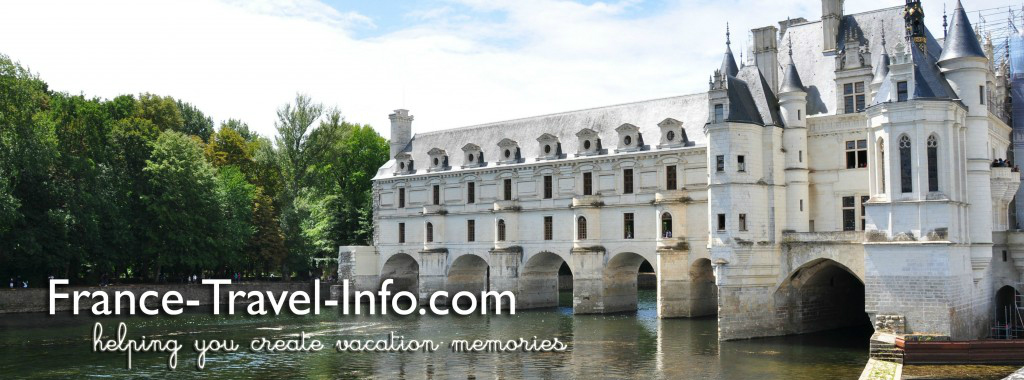Saint-Eustache

However, during the French Revolution the church changed from being a Catholic church to a temple for agriculture. Like the other churches we have explored, Saint-Eustache survived this devastating period and returned to being a church in 1795.

Restoration artists in 1849 discovered 17th century wall paintings hidden under white-washed walls such as the one above seen in one of the 12 side chapels.
Looking down the right side ambulatory in the photo on the left, note the chapel to the right of the candles in the aisle. That chapel is shown in detail in the photo on the right. Everything about this church resounds with warmth and richness!

This lovely sculpture ‘The Assumption of Saint Agnes’ is on the left as you look toward the altar in the choir above.

1720 wood sculpture by Pierre Lepautre: The Assumption of Saint Agnes
The magnificence of the architecture, stained glass, sculpture work and wall paintings is almost overwhelming. Rarely can a photograph capture the magnificence of what the eye sees. The sheer size of the church is breath-taking at 100 m long by 43 meters wide by 33m high.

Built in 1854, the organ boasts 8000 pipes and claims to be the largest pipe organ in France.

Famous People
The church is rich with famous personages. The baptisms of both Richelieu and Molière took place here; Fontaine was buried here. In 1649 young Louis XIV took his first communion here. In addition, the church contains art by several renowned artists.

This sculpture by Raymond Mason pays homage to all the vendors of the Les Halles fruit and vegetable market. In 1969 the market moved to the suburbs and an ultra-modern mall now offers a whole different shopping experience. The center of the wholesale fruit and veg market in Paris, there were approximately 800 vendors at Les Halles. The market had been in this location for several hundred years.

In the Chapel of the Virgin Mary, Thomas Couture (1856) painted frescoes which represent the power of intercession of the Virgin.
Directions to Saint-Eustache
2 impasse St. Eustache
Metro Line 4, Les Halles stop
References
Church literature – Paroisse St. Eustache
Roger Zetter, “Les Halles: A Case Study of Large Scale Redevelopment in Central Paris” The Town Planning Review” Vol 46, No. 3 (July 1975) pp.267
<< Back to Paris-City of Light






Leave a Reply